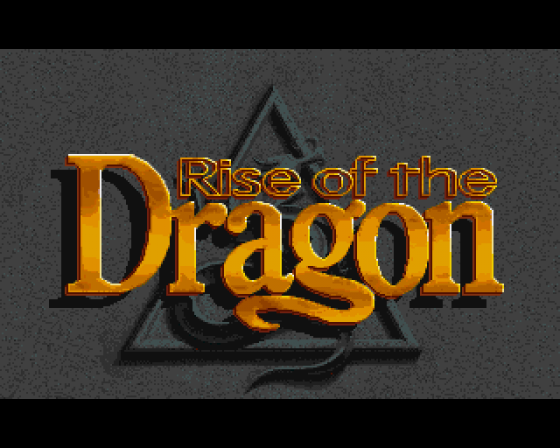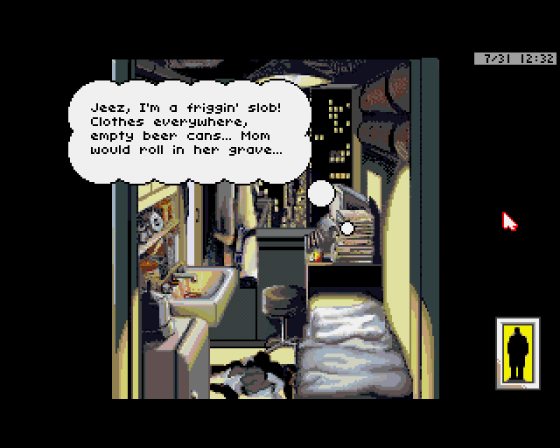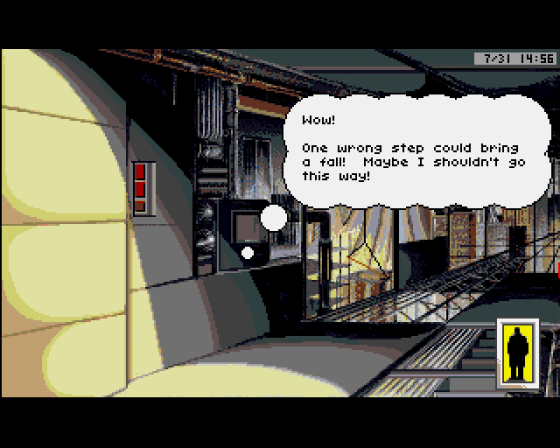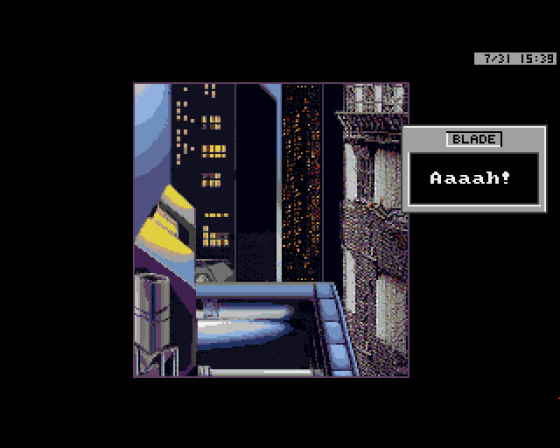Other Reviews Of Rise Of The Dragon For The Amiga 500
Rise Of The Dragon (Dynamix)
A review
Rise Of The Dragon (Dynamix)
When a city has to be saved from itself, there's only one man for the job. Dynamix invites you to a future like you've never seen before.


 1st November 1991
1st November 1991















